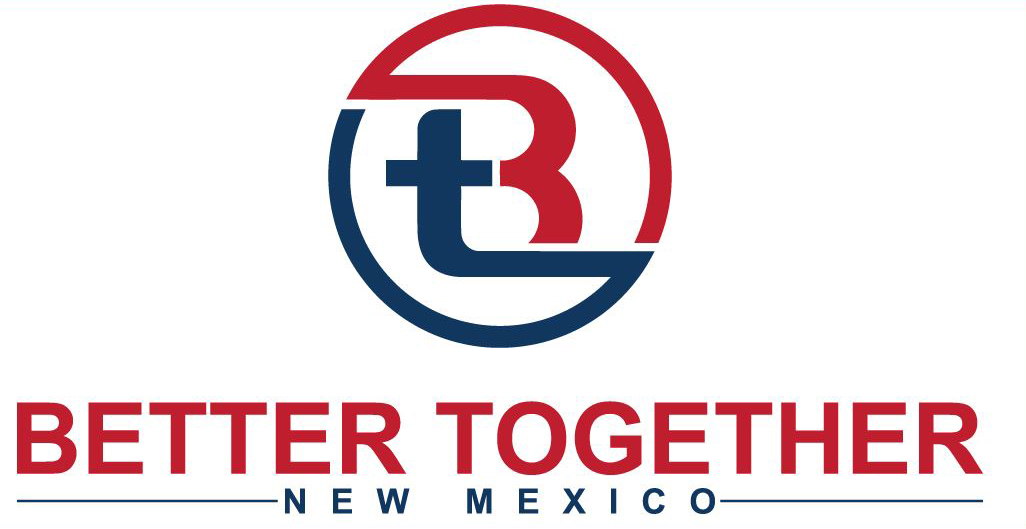By Greg Zanetti
America’s economic transition from a focus on industry to service to design and finally to finance has progressively distanced our economy from tangible reality.
The quote by Charles Wilson, “What’s good for GM is good for America,” might sound arrogant today, but it held some truth in 1953. America’s strength was its industrial might, creating durable goods that we exported worldwide. Back then, business news revolved around industrial output, with investors keenly following crop reports and Chevron’s Alaskan drilling. In places like New Mexico, the extractive industries – such as oil, gas, and mining – played a substantial role in the state economy, contributing significantly to job creation and tax revenues.
Post World War II, we assisted Europe and Asia in rebuilding their economies, a historically unique act. This aid was twofold; it was born out of far-sighted business thinking and the understanding that if the world was to “buy American”, they needed money, and for that, they required functioning economies.
However, with time, America moved from being an industrial nation to a service-oriented one. The desire for cleaner industries and more efficient services led to a shift in the economic paradigm. This transformation had its perks – Los Angeles could breathe, Lake Erie ceased to burn, and while steel production dipped, tech jobs multiplied. As we exported our technology and expertise, our competitors began replicating them, resulting in the outsourcing of jobs.
The solution? Design. We shifted to designing superior products and owning the intellectual property. But this strategy had its limitations – ideas were hard to patent, and enforcing intellectual property rights became an uphill battle.
America then turned to finance. We developed exotic and unique financial “products” to facilitate and streamline global trade. Our business headlines today primarily revolve around finance, with the world hanging on every word from the Federal Reserve. While finance accelerated globalization, it also led us away from reality.
Finance, unlike industry, service, and design, has no real-world limits. With “virtual wealth”, the supply of dollars, euros, yen, yuan, and so on, is limitless. This move from industry to service to design to finance has taken our economy away from objective reality. Real wealth has been replaced by pretend wealth, and the lubricant, finance, meant to facilitate the economy, has become the economy itself.
However, countries like China, Russia, India, Saudi Arabia, Brazil, Iran, and many others are realizing this and adapting at an unprecedented pace. The question remains, what’s next for America’s economy? New Mexico’s?
Greg Zanetti is a financial advisor at Zanetti Financial in Albuquerque, NM.


